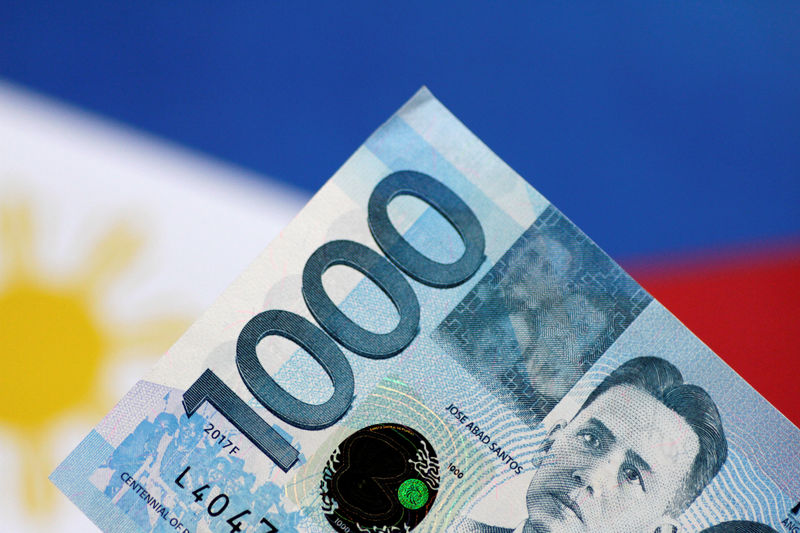By Christina Martin
(Reuters) - Bullish bets on most emerging Asian currencies eased in the last two weeks as a sell-off in bonds amid global monetary tightening boosted U.S. Treasury yields and brightened the outlook for the dollar, putting emerging market currencies under pressure, a Reuters poll showed.
Sentiment toward the Chinese yuan and the Malaysian ringgit improved further, however, with long positions in both currencies touching their largest in a month.
Treasuries and benchmark European bond yields resumed their march upwards, having paused on Monday, as the focus shifted back to the pace of monetary tightening in the world's largest economies.
Investors were estimated to have trimmed their bullish bets on most emerging Asian currencies, according to the poll of 17 analysts, traders and fund managers.
Bearish positions in the Philippine peso increased to their largest since late March after the peso hit its lowest since 2006 on Tuesday as data showed the Philippines posted its widest trade deficit in decades in May.
The Philippines had a trade deficit of $2.753 billion in May, wider than the $2.24 billion gap in the same month last year.
Bets on the Taiwan dollar took a bearish turn for the first time since January.
The poll was conducted between Tuesday and Wednesday.
All of the responses came before Federal Reserve Chair Janet Yellen's two-day Congressional address, even as the world's top bonds and emerging market currencies were under pressure on bets for higher interest rates in a small but growing group of major economies.
In remarks to the House Committee on Financial Services, Yellen said the U.S. economy is strong enough to absorb further gradual rate increases along with the slow wind-down of the Fed's massive bond portfolio.
The Asian currency positioning poll is focused on what analysts and fund managers believe are the current market positions in nine Asian emerging market currencies: the Chinese yuan, South Korean won, Singapore dollar, Indonesian rupiah, Taiwan dollar, Indian rupee, Philippine peso, Malaysian ringgit and the Thai baht.
The poll uses estimates of net long or short positions on a scale of minus 3 to plus 3. A score of plus 3 indicates the market is significantly long U.S. dollars.
The figures include positions held through non-deliverable forwards (NDFs).
